With the development of petroleum industry, screen casing play a vital role in the process of oil exploitation and production. However, the frequent occurrence of oil screen casing damage recently has aroused widespread concern. Due to many factors such as wellbore, pipe string, sand control tools, ground environment and personnel's technical quality, screen casing annulus filling often fails in the construction process. In order to better understand the causes of oil screen casing damage, we have carried out in-depth investigation and analysis.
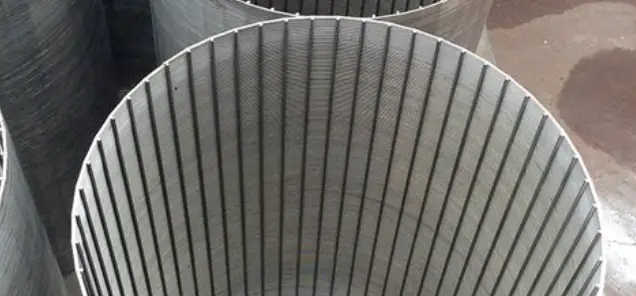
Analysis of the working principle of screen casing in oil fields
Screen casing sand control is a mechanical sand control method, which uses a screen casing with a selected gap size to enter the oil well, facing the sand oil layer, and then fills gravel with a certain particle size around the screen casing to form a two-stage interception system. Finer formation sand particles are blocked on the filling surface, while gravel itself (larger than the screen gap) is blocked around the screen tube. This system can effectively inhibit formation sand movement. The formation fluid can enter the well through the gravel pack with excellent permeability and the screen gap with large flow area, so that the well can not only produce high yield, but also control the sand production. The sand control technology has the characteristics of high sand control strength, long validity period, wide adaptability and relatively small productivity loss.
Specific reasons for screen casing damage
Screens casing is pipeline equipment used to filter impurities in oil and natural gas. Once damaged, it will seriously affect the normal operation of oil production and transportation. There are many reasons for failure of screen casing sand control construction, and the relationships among them are intricate. In most cases it is the result of a combination of factors. The factors that lead to failures include internal factors, which are related to the construction quality, and external factors, which are related to the construction environment. Therefore, the factors that play a major role in the accident are also different, at least in terms of primary and secondary relationships. The following analyzes the common causes of failures in wire-wound pipe filling construction from several aspects:
1. The long-term production of oil wells with high water content, due to the high salinity of the produced fluid and the certain corrosiveness of the operating fluid entering the well, coupled with the eccentric wear of the rod and tube, shortens the life and pressure-bearing capacity of the casing and tubing. Statistics show that, According to construction standards, the average pressure for sealing or opening circulation channels is 14-18MPA, and the pressure during pressure testing must be 1.2-1.5 times the construction pressure. When the test pressure of the pipe string is greater than 25MPA during operation, the oil pipe will leak or rupture, causing and tubing it to be unable to be seated. At the same time, the leakage of the oil pipe will also cause a circulation short circuit, and the ground will appear normal. Some of the sand will settle and bury the filling string, and some will return to the ground, eventually leading to screen casing filling failure.
2. Excessive use leads to fatigue damage. During long-term and high-intensity use, petroleum screen casing will be affected by temperature, pressure, corrosion and other factors, leading to metal fatigue damage, resulting in cracks and fractures of the screen casing. In addition, unscheduled maintenance and inspections can also increase the risk of damage to oil screen casing.
3. Unreasonable design and manufacturing defects are also one of the important causes of oil screen casing damage. If the design of the oil screen casing does not meet the engineering requirements or the manufacturing process is unqualified, problems such as loosening, oxidation, and cracks may occur, which will accelerate the aging and damage of the oil screen casing.
4. The harsh environment at the oil production site is also one of the important reasons for damage to screens casing. For example, oil screen casing that are exposed to harsh environments such as high temperature, high pressure, acid and alkali corrosion for a long time are prone to oxidation corrosion, metal corrosion and other problems, thus shortening the service life of oil screen casing.
5. In addition, operating errors, external collisions, improper installation, etc. may also cause damage to the screen casing. If some staff make mistakes during the operation, or fail to operate according to the specifications when repairing or replacing the screen casing, this will increase the risk of damage to the oil screen casing.
To sum up, there are many reasons for oil screen casing damage, which need to be comprehensively considered and corresponding measures taken to prevent and solve them. Strengthening regular inspection and maintenance of oil screen casing, rationally designing and selecting oil screen casing materials, and improving employees' safety awareness and operating skills are all effective ways to reduce oil screen damage. It is hoped that through in-depth analysis of the causes of oil screen casing damage, relevant departments and enterprises can pay attention and work together to ensure the safe and stable operation of the oil production process.






 English
English Español
Español بالعربية
بالعربية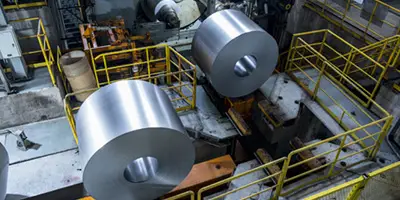
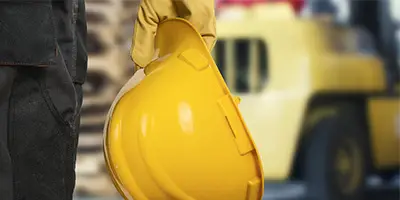
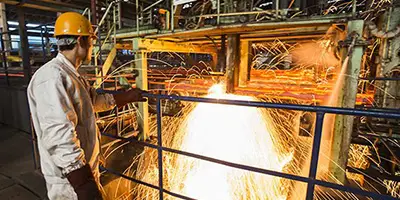
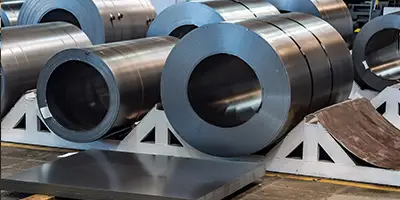

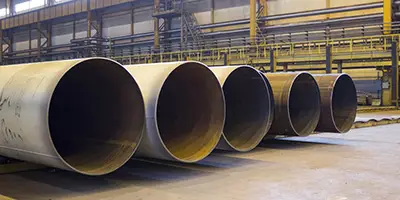
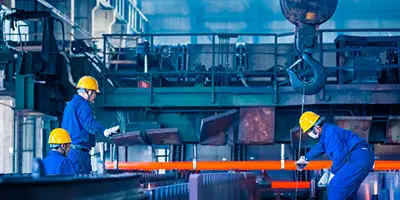
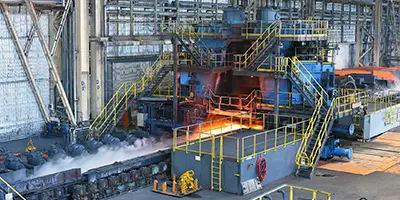
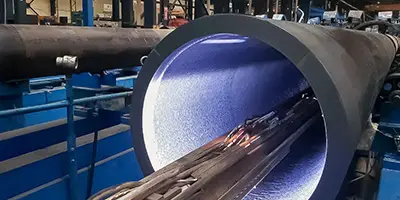
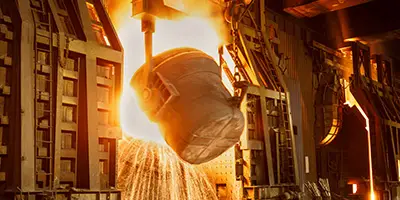
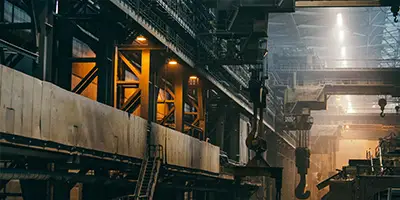

 Phone :
Phone :  Whatsapp :
Whatsapp :  Email :
Email : 


